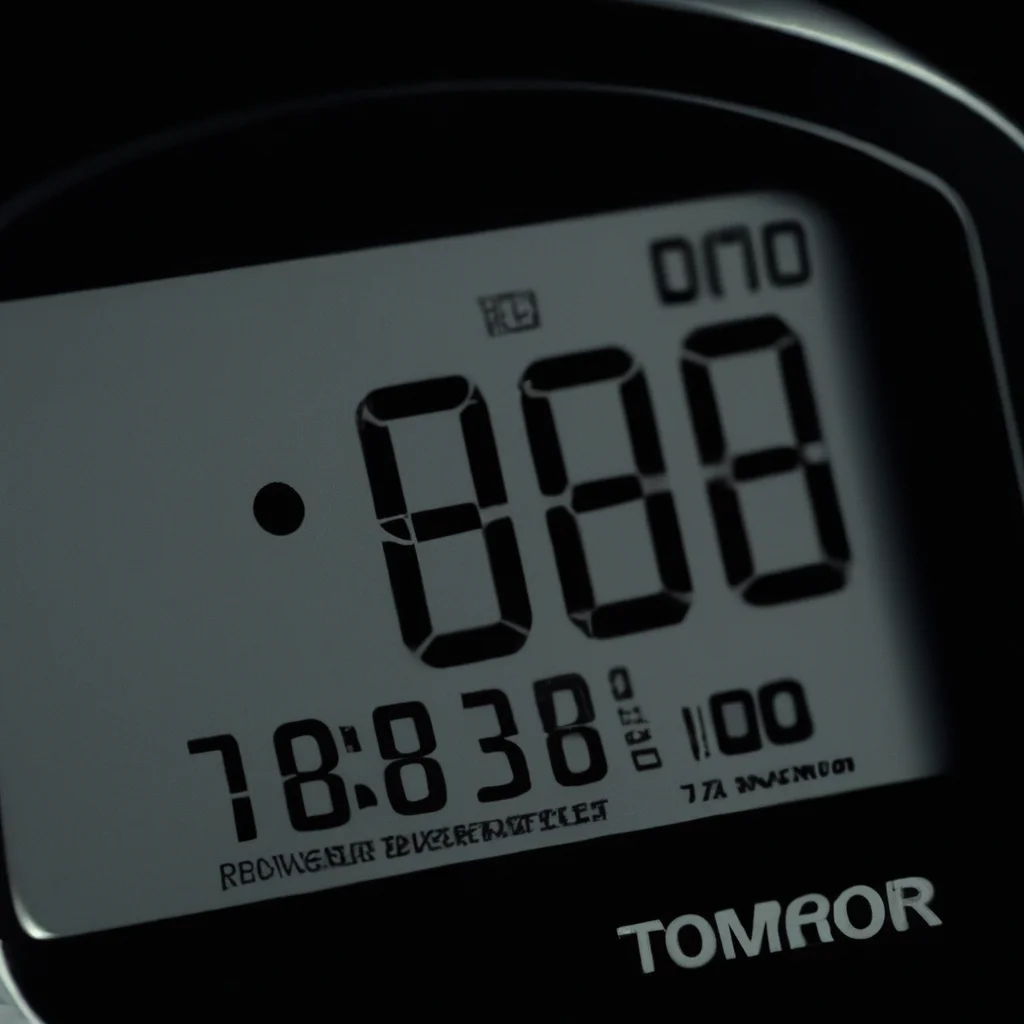How does a digital thermometer work?


How does a digital thermometer work?
Digital thermometers have become a commonplace tool in measuring body temperatures. They are also used to measure the temperature of various objects and environments. But how do they work? In this article, we will explore the technology behind digital thermometers, the different types available, their accuracy, calibration, and features.
How Does a Digital Thermometer Work?
Digital thermometers are electronic devices that use a temperature sensor to measure the temperature of an object or environment. The temperature sensor is usually a thermistor, which is a resistor whose resistance changes with temperature. When the temperature increases, the resistance decreases, and when the temperature decreases, the resistance increases. The thermistor is connected to an electronic circuit that converts the resistance into a temperature reading, which is displayed on a digital screen.
Thermometer Technology
Digital thermometers use different technologies to take temperature readings. The most common ones are:
1. Infrared Thermometers: These thermometers use infrared technology to measure the temperature of an object without making physical contact. They detect the infrared radiation emitted by the object and convert it into a temperature reading. They are commonly used to measure the temperature of food, liquids, and surfaces.
2. Thermocouple Thermometers: These thermometers use two different metals that are joined together to create a thermocouple. When the two metals are at different temperatures, a voltage is generated, which is proportional to the temperature difference. The voltage is measured and converted into a temperature reading.
3. Thermistor Thermometers: As mentioned earlier, these thermometers use a thermistor as the temperature sensor. They are commonly used to measure body temperature, room temperature, and the temperature of liquids.
Thermometer Types
Digital thermometers come in various types, each with its unique features and specifications. The most common types are:
1. Mercury-free Digital Thermometers: These thermometers are designed to replace traditional mercury thermometers, which are hazardous to the environment and human health. They are accurate, easy to use, and safe.
2. Ear Thermometers: These thermometers are designed to measure the temperature inside the ear canal. They are fast, accurate, and non-invasive.
3. Forehead Thermometers: These thermometers are designed to measure the temperature of the forehead by scanning the temporal artery. They are easy to use, and the readings are consistent.
Thermometer Accuracy
The accuracy of a digital thermometer is determined by its sensitivity and resolution. Sensitivity refers to the smallest temperature change that the thermometer can detect, while resolution refers to the smallest temperature change that the thermometer can display. The accuracy of a digital thermometer can be affected by various factors, such as the environment, the type of object being measured, and the calibration of the thermometer.
Thermometer Calibration
To ensure the accuracy of a digital thermometer, it needs to be calibrated regularly. Calibration involves comparing the thermometer’s readings to a known standard, such as a mercury thermometer, and adjusting the readings if necessary. Digital thermometers can be calibrated manually or automatically, depending on the model.
Thermometer Features
Digital thermometers come with various features that enhance their functionality and usability. Some of the common features include:
1. Memory Function: This feature allows the thermometer to store previous temperature readings, enabling the user to monitor changes over time.
2. Fever Alarm: This feature alerts the user when the temperature reading exceeds a set threshold, indicating a fever.
3. Backlit Display: This feature enables the user to read the temperature in low light conditions.
Conclusion
Digital thermometers have revolutionized temperature measurement by providing accurate, fast, and easy-to-use devices. They are available in different types and use various technologies to measure temperature. To ensure accurate readings, they need to be calibrated regularly. With their various features, digital thermometers are an essential tool in healthcare, food safety, and environmental monitoring.
Recent Posts
How do I create an engaging and informative online quiz or assessment?
Creating an engaging and informative online quiz or assessment can be a powerful tool for… Read More
What are the most effective methods for managing and reducing work-related stress in the hospitality industry?
Work-related stress is a common issue in the hospitality industry, where employees often face long… Read More
How can I improve my assertiveness and communication skills in a leadership position?
In a leadership position, assertiveness and effective communication skills are crucial for success. Being able… Read More
What are the key elements of a successful employee recognition and rewards program?
Employee recognition and rewards programs play a crucial role in motivating and engaging employees, as… Read More
How do I effectively manage and respond to customer feedback and reviews?
Customer feedback and online reviews play a crucial role in shaping a company's reputation and… Read More
What are the best strategies for effective time management as a stay-at-home parent?
Effective time management is crucial for stay-at-home parents who juggle multiple responsibilities on a daily… Read More